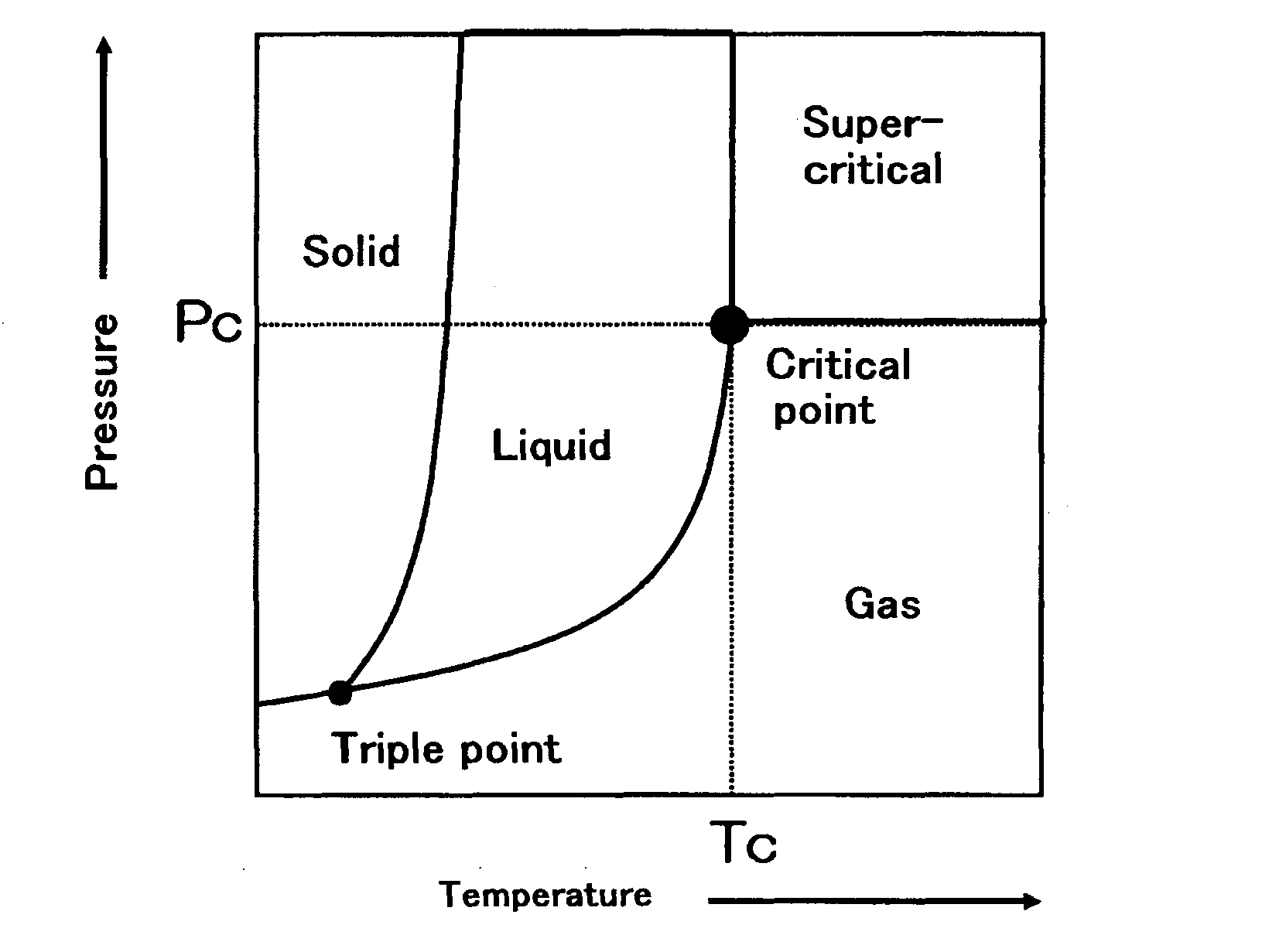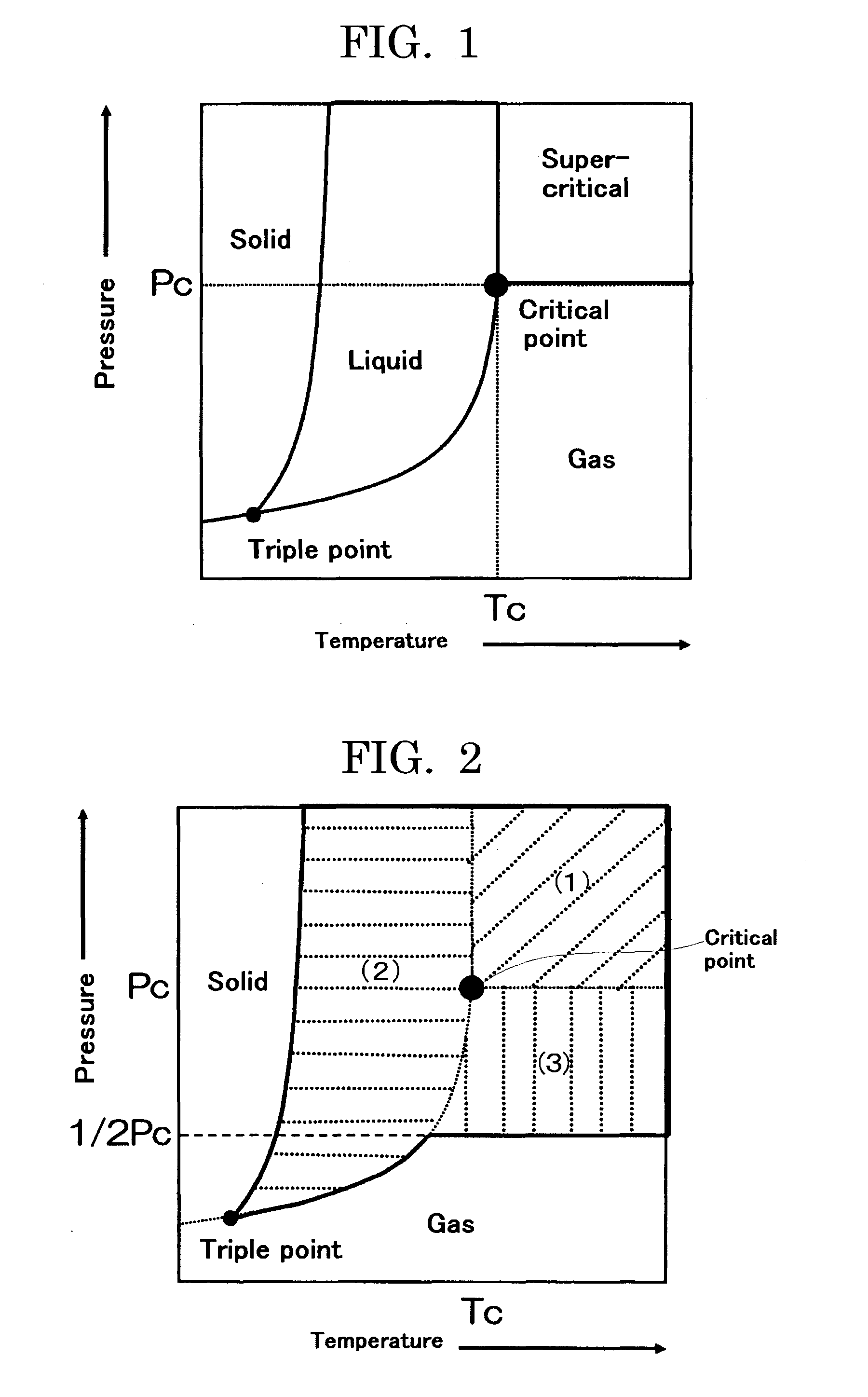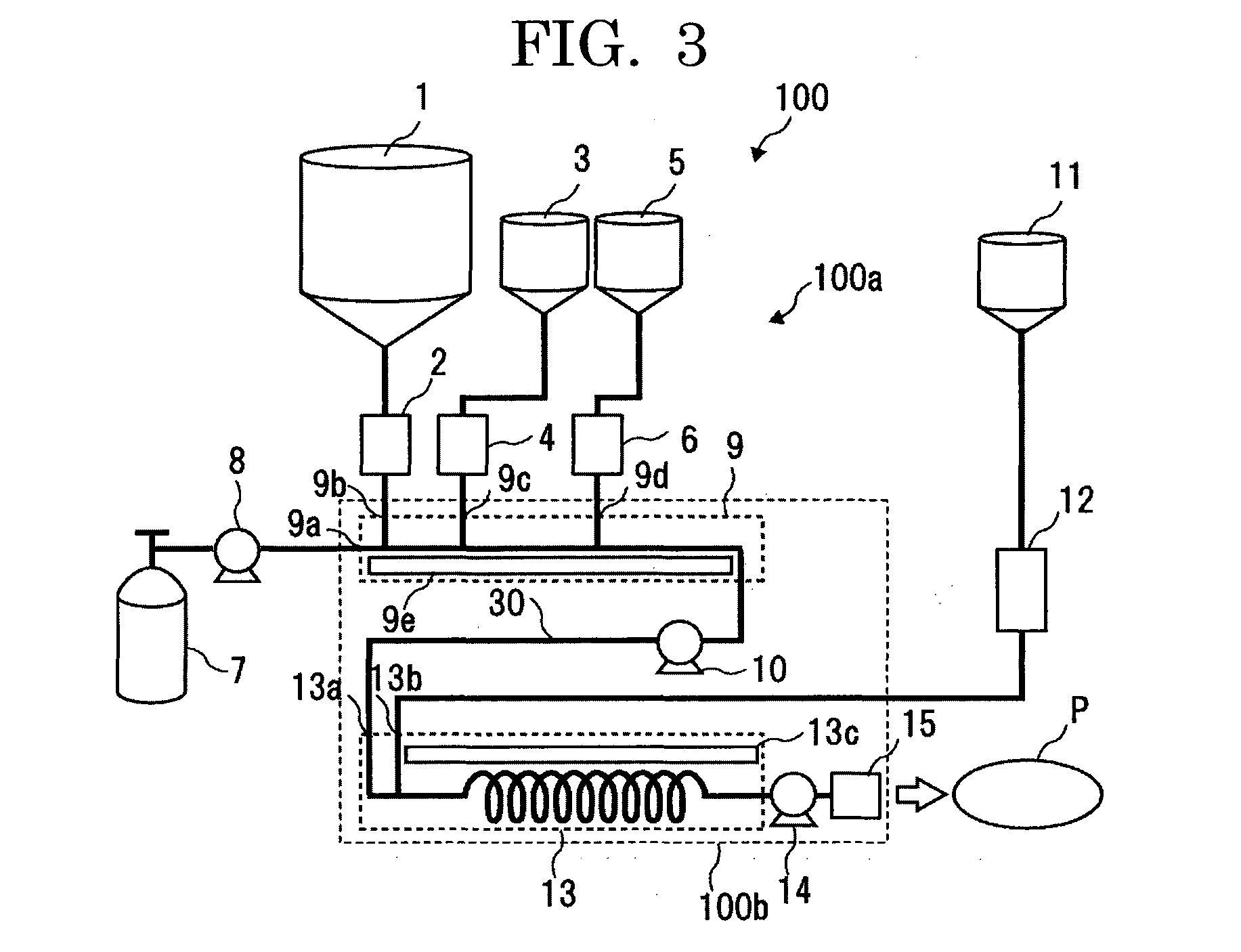Method for producing polymer
a polymer and polymer technology, applied in the direction of chemical production of bulk materials, etc., can solve the problems of affecting the polymerization reaction takes a few hours, and the reaction speed is slow, so as to improve the shape of the polymer product and the degree of freedom
- Summary
- Abstract
- Description
- Claims
- Application Information
AI Technical Summary
Benefits of technology
Problems solved by technology
Method used
Image
Examples
example 1
[0086]By means of the polymerization reaction device 200 illustrated in FIG. 4, ring-opening polymerization of ε-caprolactam (manufacturer: Tokyo Chemical Industry Co., Ltd.) was carried out. The structure of the polymerization reaction device 200 is described below.
Tank 21: Dimethyl ether (DME) gas cylinder
Addition pot 25: A ¼-inch SUS316 pipe was sandwiched with valves (24, 29), and the resultant was used as an addition pot. The addition pot was charged with 0.12 g of ethylmagnesium bromide (manufacturer: Tokyo Chemical Industry Co., Ltd.) as a basic organic metal catalyst, in advance.
Reaction vessel 27: A 100 mL pressure resistant vessel formed of SUS316 was used. The reaction vessel was charged with 50 g of a mixture composed of ε-caprolactam (manufacturer: Tokyo Chemical Industry Co., Ltd., melting point: 68° C.) as a ring-opening polymerizable monomer, and N-acetylcaprolactam as a cocatalyst at a molar ratio of (99.95 / 0.05), in advance.
[0087]The metering pump 22 was operated, ...
examples 2 to 4
[0088]A polymer of each of Examples 2 to 4 was obtained in the same manner as in Example 1, provided that an amount of N-acetyl caprolactam as the cocatalyst was changed as depicted in a respective column of Example 2, 3, or 4 in Table 1. The physical properties of the obtained polymers measured in the aforementioned methods are depicted in Table 1.
examples 5 to 8
[0089]A polymer of each of Examples 5 to 8 was obtained in the same manner as in Example 1, provided that the reaction temperature, reaction pressure, or reaction time was changed as depicted in a respective column of Example 5, 6, 7, or 8 in Table 1 or 2. The physical properties of the obtained polymers measured in the aforementioned methods are depicted in Table 1 or 2.
PUM
| Property | Measurement | Unit |
|---|---|---|
| temperature | aaaaa | aaaaa |
| melting point | aaaaa | aaaaa |
| temperature | aaaaa | aaaaa |
Abstract
Description
Claims
Application Information
 Login to View More
Login to View More - R&D
- Intellectual Property
- Life Sciences
- Materials
- Tech Scout
- Unparalleled Data Quality
- Higher Quality Content
- 60% Fewer Hallucinations
Browse by: Latest US Patents, China's latest patents, Technical Efficacy Thesaurus, Application Domain, Technology Topic, Popular Technical Reports.
© 2025 PatSnap. All rights reserved.Legal|Privacy policy|Modern Slavery Act Transparency Statement|Sitemap|About US| Contact US: help@patsnap.com



